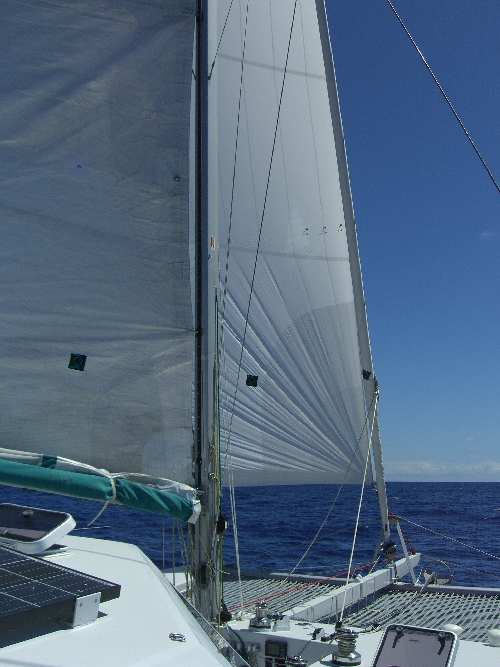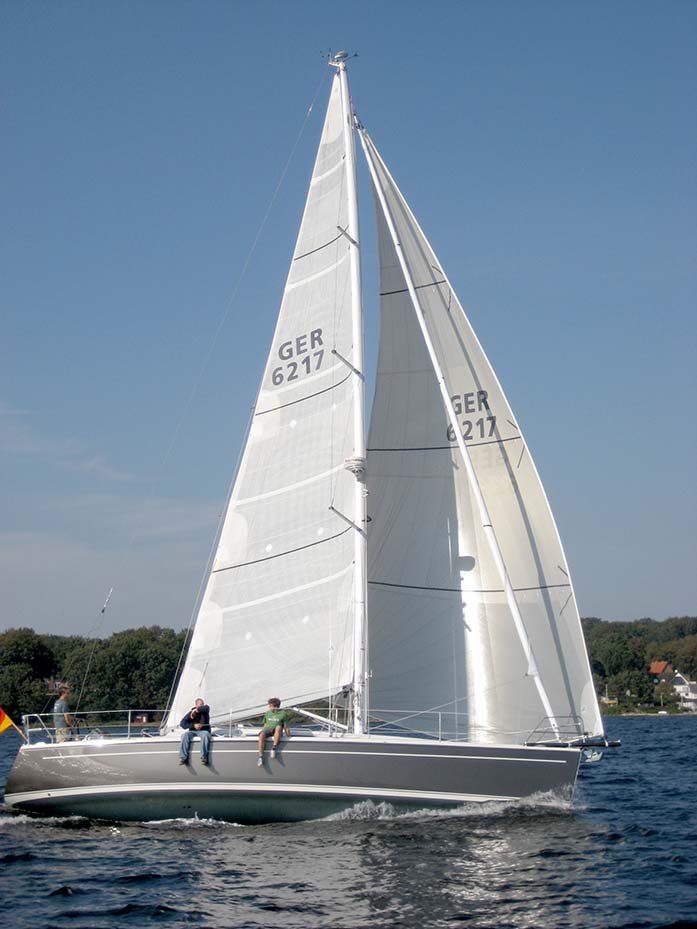

True downwind spinnakers can be unruly and intimidating for a shorthanded or novice crew, but the range and furling ability of the code zero make it a fantastic sail for a weekend outing. A code zero is strictly a racing sail.Ĭruisers of all ilks have taken to the sail for its range and ease of use. A screecher is larger, higher clewed, and fuller than a genoa but flatter than a typical code zero.ģ. Catamarans and trimarans have notoriously small jibs, making them grossly underpowered in light breeze.
#Cruising code zero cracked#
A screecher is specifically a multihull term for a very large, very flat sail for going upwind or just cracked off. A screecher and a code zero are the same thing. Gennaker is just a general term for a potential downwind sail, a cross between a Genoa and an asymmetrical spinnaker. The term gennaker can cover a code zero, screecher, or reaching spinnaker. Code zero is another name for a gennaker. We sat down with Quantum’s VP of Product Integration and sail designer Doug Stewart to educate us on the code zero.ġ. There are a lot of things we think we know about a code zero, many of which aren’t true, or, at least, not always true. Some are built of nylon, while others use heavier, stronger composite materials. Code zeros have characteristics of an upwind sail but are classified as a downwind sail. They are often referred to as a gennaker or a code sail. It was born in the Volvo Ocean Race, back when it was still called the Whitbread-Around-the-World Race. The code zero has only been around for about 25 years. Read on as we clear up some of the most common myths and misunderstandings about code zeros. There are many misconceptions about these downwind reaching sails, so it's time to get familiar and comfortable with them – code zeros might just be the perfect addition to your downwind sail inventory.

The sail behaves much like a Genoa, backing gently at the luff until the boat bears away.What exactly is a code zero? Code zeros are only used on racing boats, right? Aren't they pretty expensive and difficult to get up and down? If you've pondered any of these questions, you are not alone. Variations in course due the wave action or slow autopilot reaction do not cause the FFR to collapse.
#Cruising code zero free#
Sailing under autopilot with the FFR is stress free and trouble free. The FFR also makes heavy airs downwind sailing much more controllable and stable through the use of the furling mechanism and the integral tensioned luff stay.

The FFR best wind angle and range is for light wind and let to sail closer than 50 degrees TWA. The FFR is a practical, medium weight, easy to handle sail that will not take up too much storage space and is designed for shorthanded sailing.

The luff of the FFR is fitted with an integral torsion luff rope to enable quick and easy furling. The FFR is constructed from an advanced high quality nylon that is specially selected for this particular application. It is an evolution of the code0 and is developed to maximize the yacht's potential in light air and have much more control downwind in stronger breezes.


 0 kommentar(er)
0 kommentar(er)
